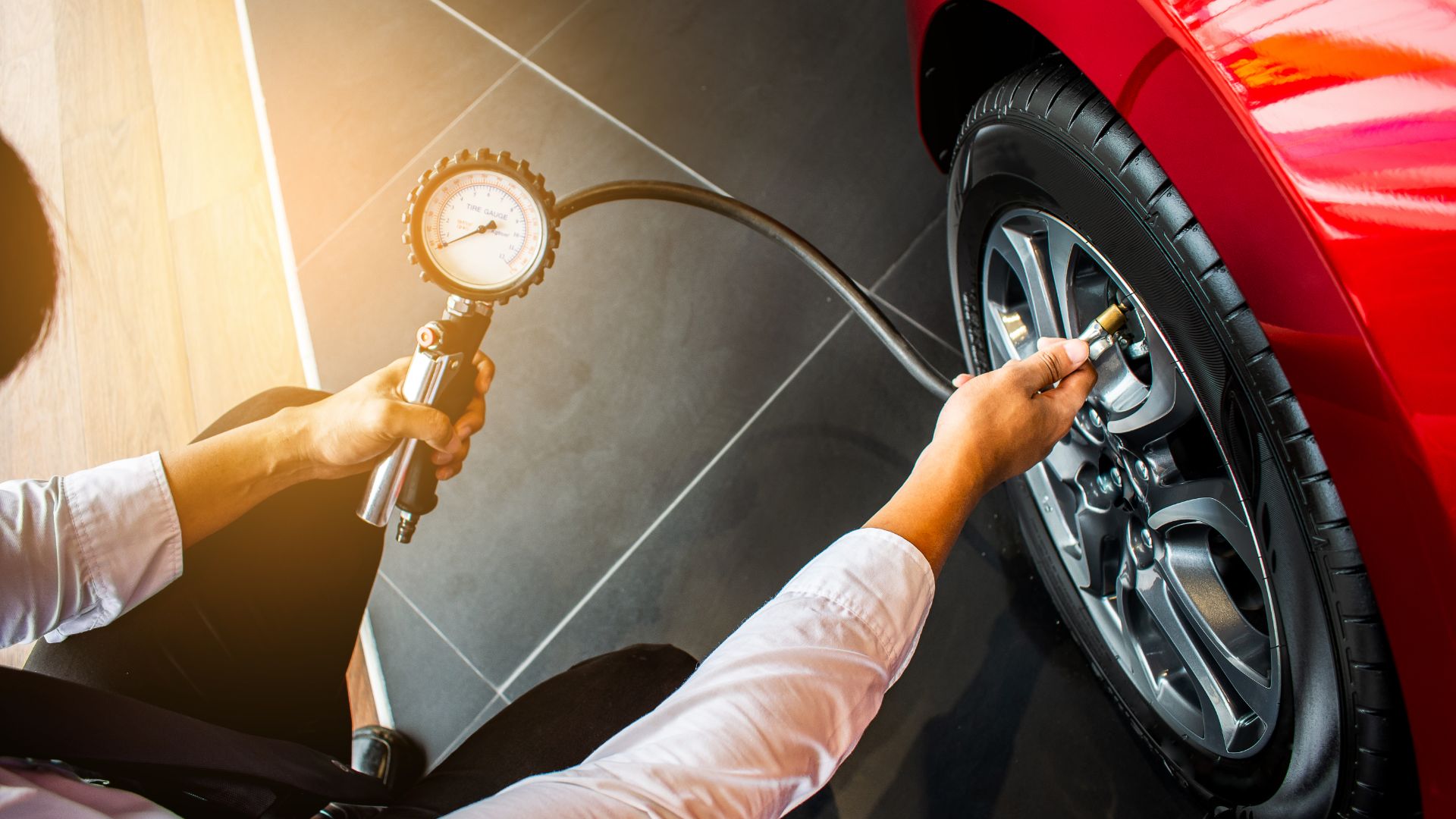
The five car faults that cause most accidents can be avoided with the right maintenance.
With help from Euro Car Parts, we reveal the problem areas – and how to tackle them.
Defective brakes
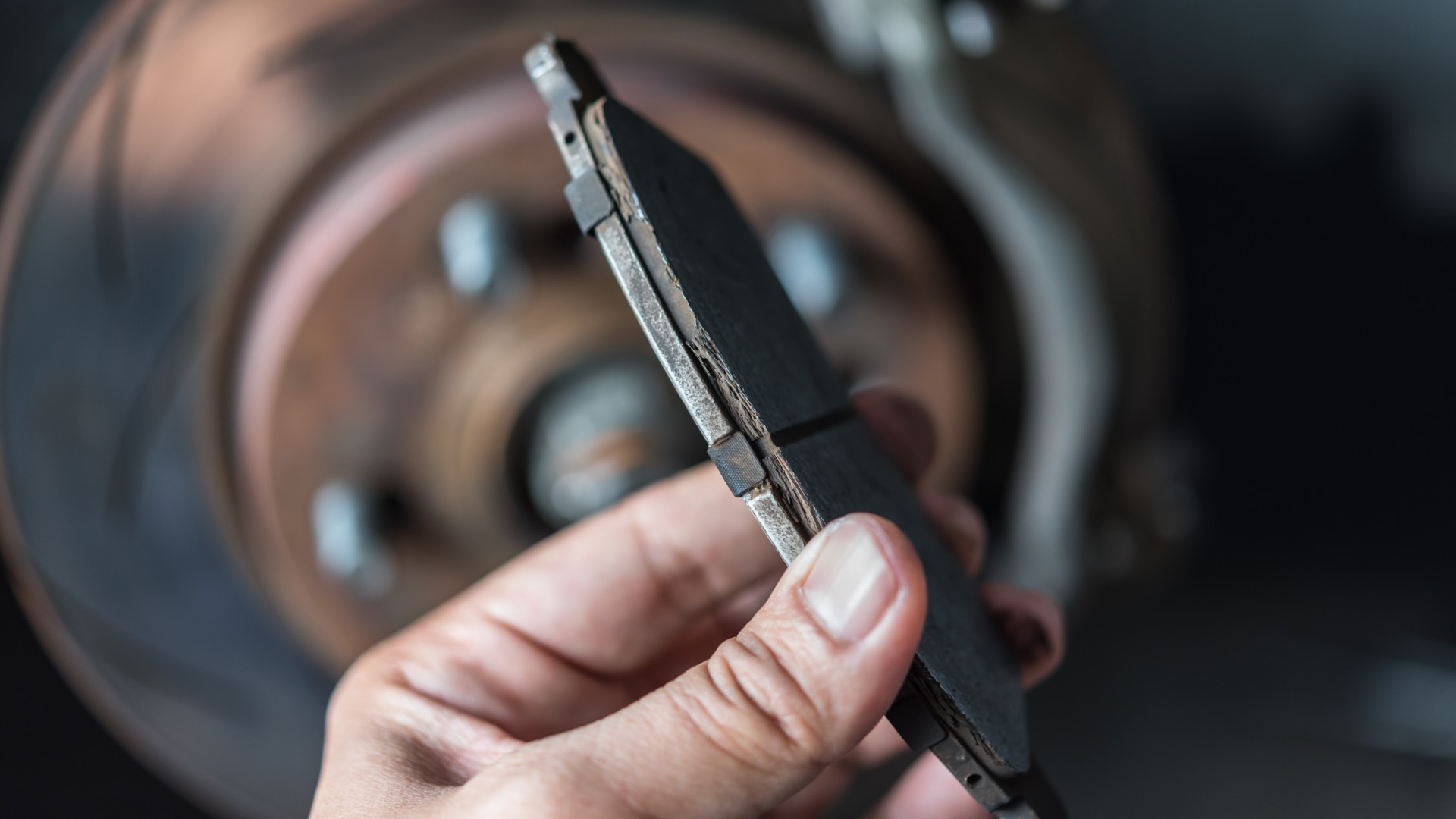
It sounds obvious to say that faulty brakes would be a leading case of accidents, but it bears repeating. Especially given they lead to 630 accidents in the UK each year, of which 15 were fatal in 2018.
Your car’s brakes rely on a number of things. The most important components are the pads, discs and brake fluid.
The latter you should top up yourself if needed. The discs can be assessed with a visual inspection, but you’re probably best off asking a professional.
If your brake fluid reservoir is depleting regularly, it’s worth having that same mechanic check your brake lines for leaks or corrosion, too.
Worn tyres
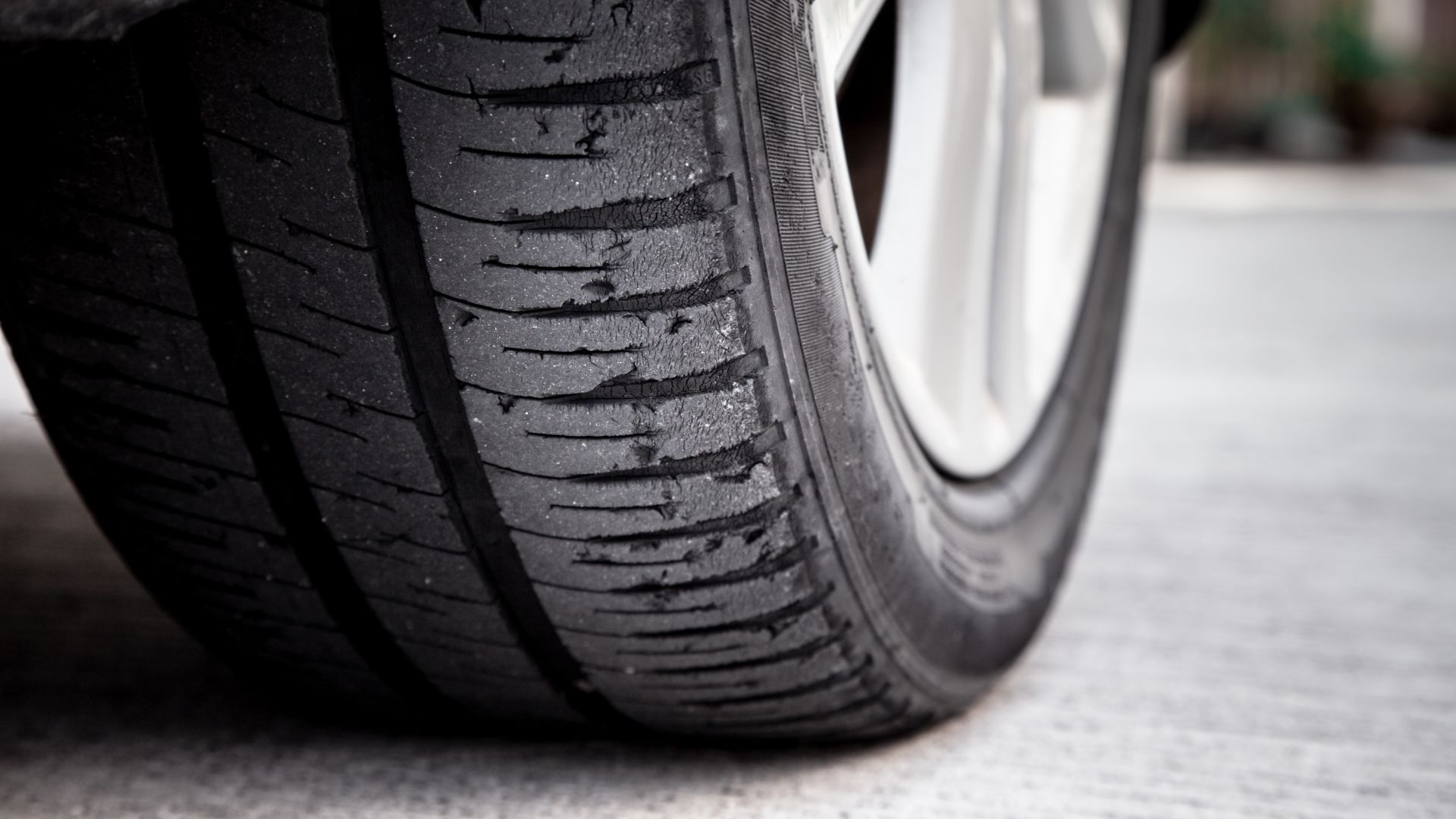
Tyres that aren’t in suitable condition are the second-most common part to factor in accidents. They cause around 550 a year, of which 17 were fatal in 2018. They’re also a part that motorists often neglect.
Your tyres can underperform for a number of reasons. Being over- or under-inflated will reduce their performance and increase wear on the rubber. The tread depth being too low will also reduce grip.
The minimum legal tread depth is 1.6 mm across the full width of the tyre. You can check this yourself, using a 20p to see if the tread covers the outer rim of the coin. It’s good practice to think about replacing your tyres well in advance of this point, however.
Your local garage will usually have an air compressor to check your tyre pressures. The correct pressures can be found in your car’s handbook.
Faulty steering or suspension
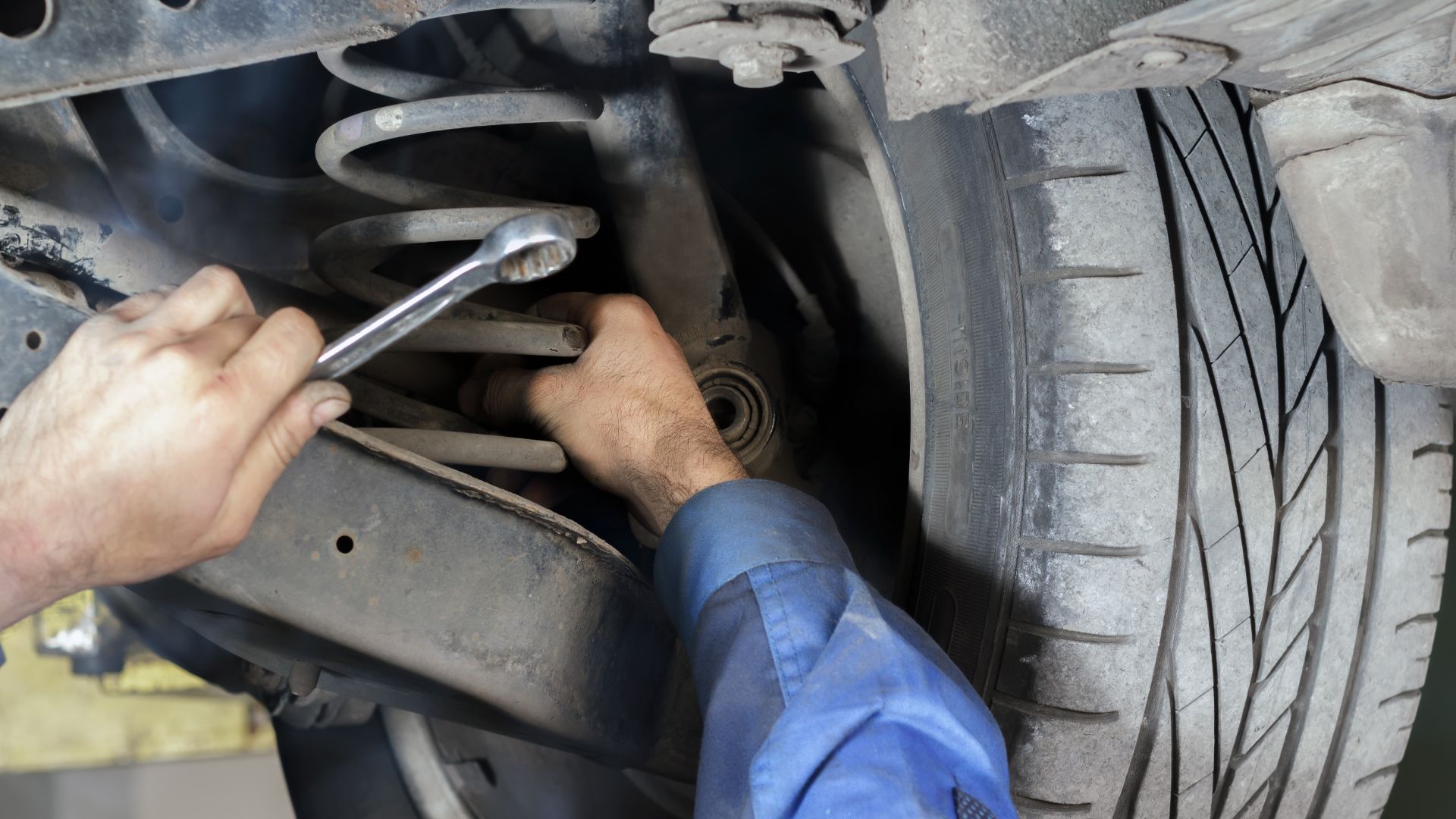
We’re getting a bit more technical now. However, with around 260 accidents a year attributed to faulty steering or suspension, it’s important to keep tabs on how your car handles the road.
Bumpy or uneven driving, as well as unevenly worn tyres, can be an indication of tired suspension. Strange noises and odd feel can indicate worn steering components. Check your power steering fluid is topped up and see a mechanic if problems persist.
Broken lights or indicators
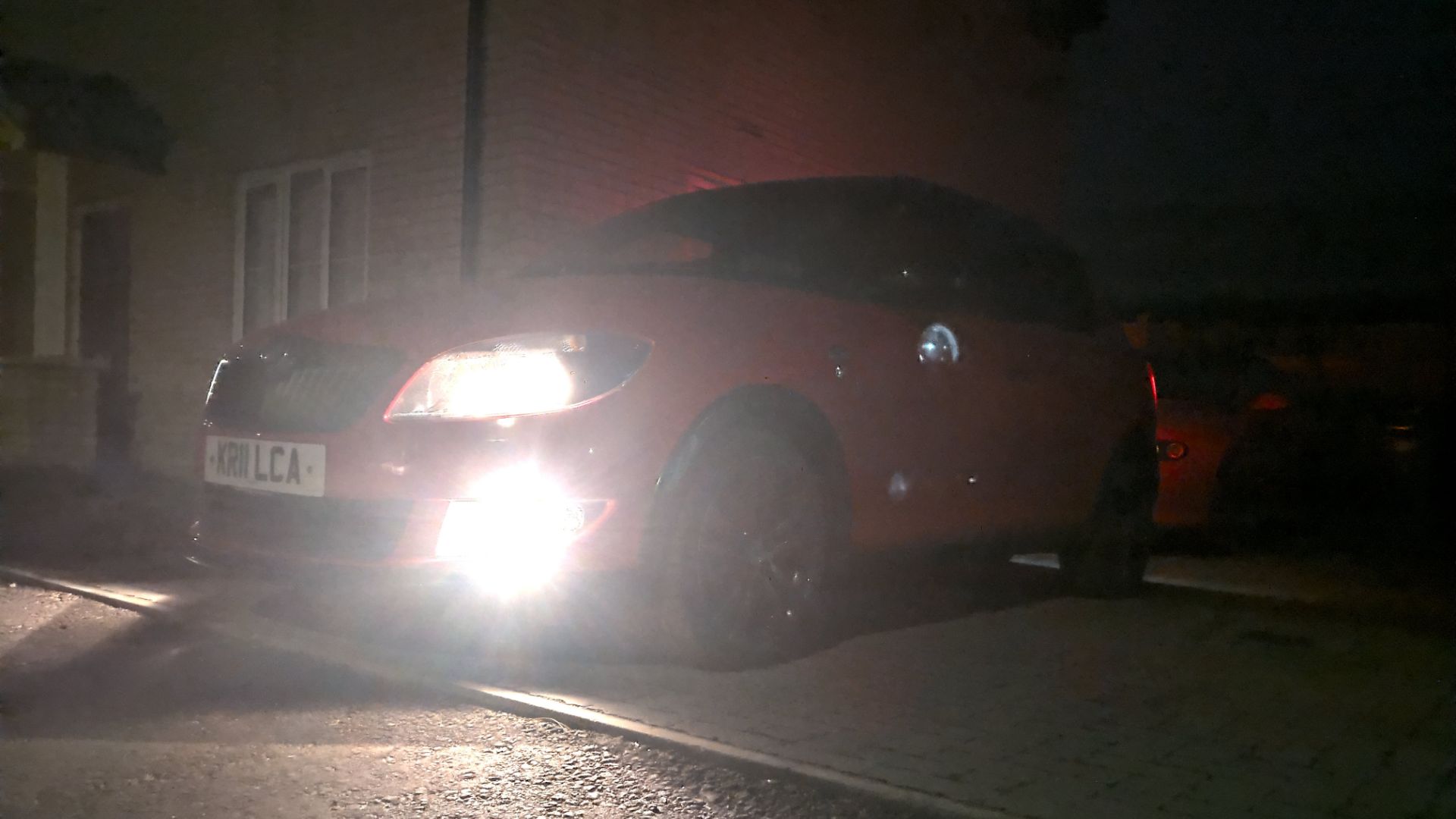
Around 150 accidents every year can be linked with faulty lights or indicators. Happily, in a lot of cars, the process of replacing bulbs is easy. It’s certainly easy to check, although it’s not always the bulbs themselves that are the cause for a light being out.
If it is the bulb, access is either under the bonnet (for the front lights) or in the boot (for the rears). If the bulbs aren’t at fault, you may need to have the wiring checked.
Broken or missing mirrors

The fifth and final component is mirrors. Just 12 accidents come of someone having faulty mirrors every year, but they’re vital for keeping track of what’s going on around you.
Happily, they are the easiest item here to sort yourself. If it’s just the glass, you can buying a new mirror part and stick it over the top. If the whole unit is smashed, that could complicate things, but not too much.
“Keeping on top of basic maintenance can really help protect you and your vehicle against accidents on the road,” said Chris Barella of Euro Car Parts
“The tips we’ve provided will hopefully give people the confidence to take on some of the simpler checks themselves, but make sure to go to a garage if you’re unsure about anything.”